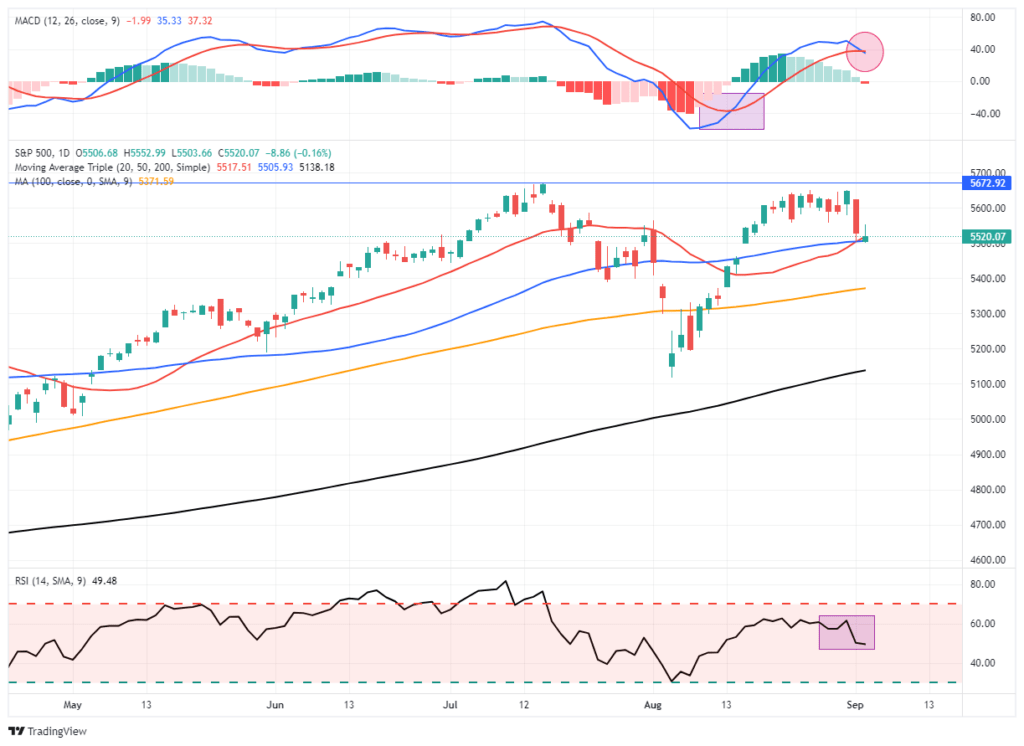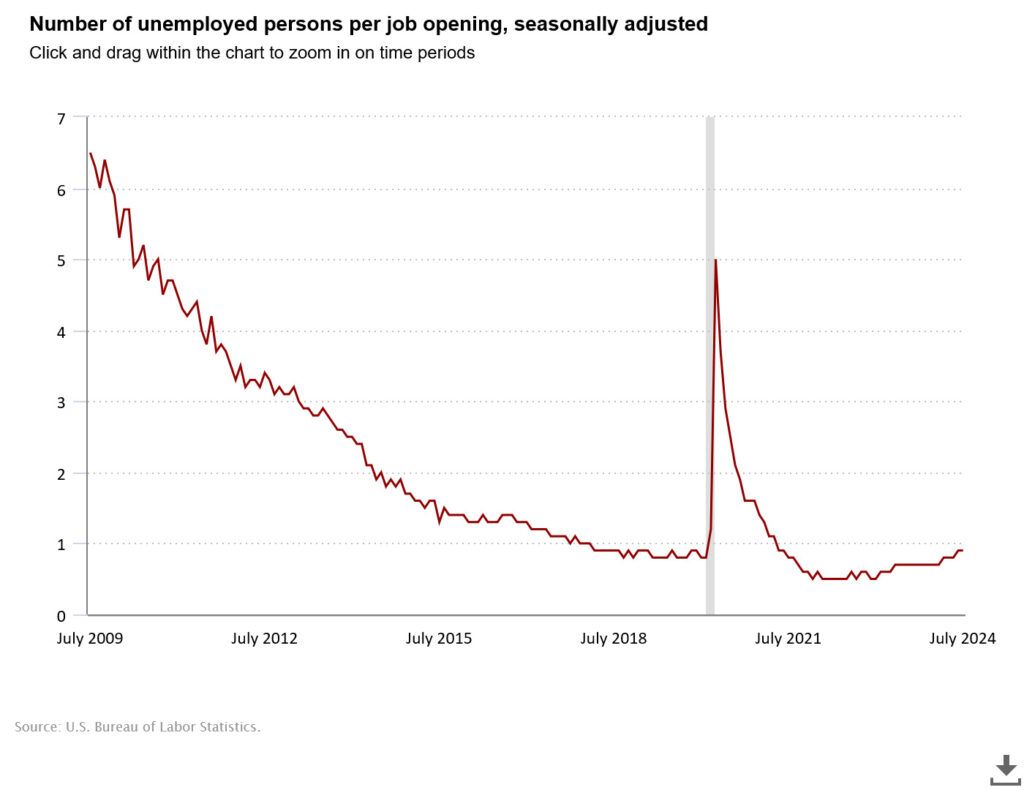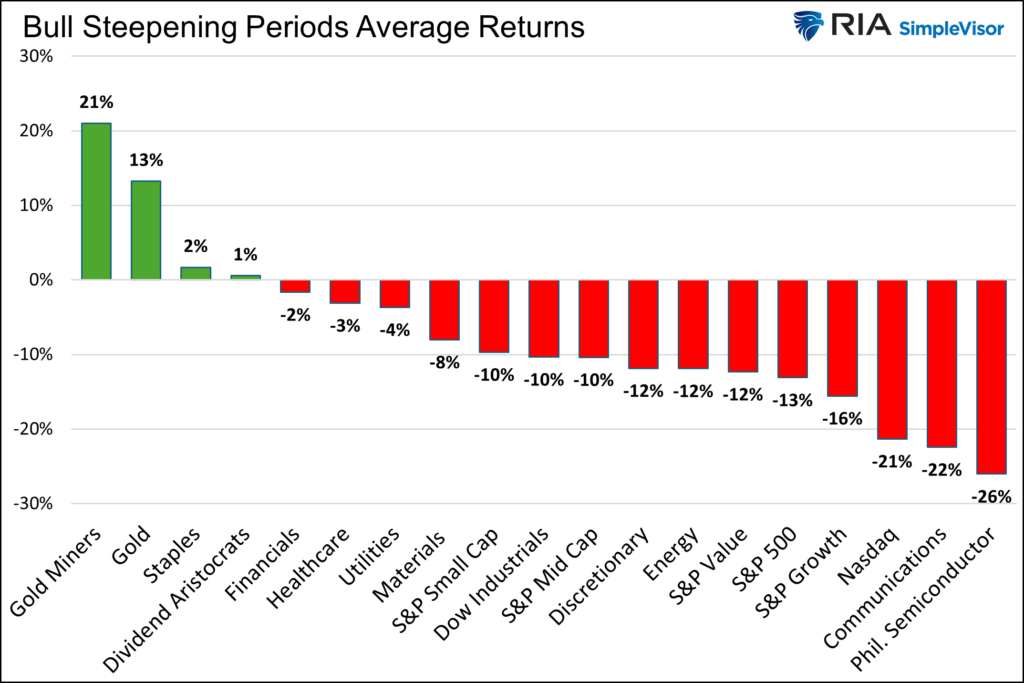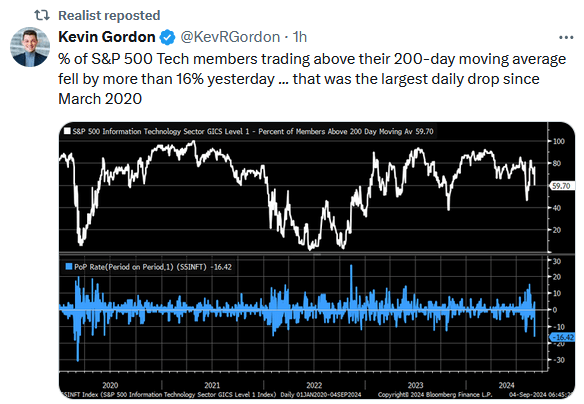Nvidia faces legal woes as the Justice Department subpoenaed the company over antitrust concerns. This should not be too surprising, as it was recently reported that Nvidia dominates the GPU chip market and continues to increase its market share. GPU, or graphics processing unit, is a cornerstone of AI technology. As shown below, as of the end of the first quarter, Nvidia increased its market share of AIB chips to 88% from 80% at the end of the year. The names AIB and GPU are often used interchangeably to represent graphic cards. In Nivida’s wake is AMD, with approximately 12% of the market share, and Intel, with a negligible share.
While a significant market share of an immensely profitable and in-demand product is a godsend for shareholders, it is not durable over the long term. Foremost, as we led, Nvidia now faces legal challenges to its market share. The Justice Department is concerned Nvidia is making it difficult for its customers to use other chips. Furthermore, Bloomberg reports they penalize buyers who do not exclusively buy their chips. Consequently, Nvidia’s legal issues may benefit AMD and other chip makers.
Also, beyond Nvidia’s legal issues, it faces intense competition. Given the outsized profit margins on GPU chips, competition will become fierce. It may take some time for AMD, Intel, and others to make a competitive chip, but when they do, prices and profit margins of GPUs are likely to fall. In the words of Jeff Bezos: “Your margin is my opportunity.“
What To Watch
Earnings
Economy
Market Trading Update
Yesterday, we discussed the sharp market sell-off and noted that it was critical that buyers step in to defend the 20- and 50-DMA support levels just below Tuesday’s close. Such was the case on Wednesday, and while the market flirted with a break of support in the late afternoon, it held that level into the close. However, the not-so-bullish development is that the MACD “buy signal” triggered in early August, supporting the rally from the lows, has reversed. With the market not deeply oversold yet, such does imply that any rallies will likely be limited by the rather substantial build of overhead resistance during the last half of August.
The first half of September is typically better than the last half of the month. If we get a couple of economic reports that support the coming Fed rate-cutting cycle, it could lift stocks by the end of the week or next. However, as we cautioned heading into this recent downturn, reducing risk and raising cash levels make a lot of sense heading into the election.
JOLTS
The BLS JOLTs report was weaker than expected. Job openings fell to 7.67 million from 7.91 million last month amid expectations of an increase to 8.10 million. Furthermore, the prior month’s number was revised lower from 8.18 million. The number of job openings is at levels last seen in January 2021. Moreover, it’s quickly closing in on the 7.0-7.5 million range in the two years before the pandemic.
Also, within the data below, total job separations increased while hires rose. However, netting the two figures points to a loss of 63k jobs. A figure important to the Fed is the number of unemployed persons per job opening. The second graph shows that it is now fully back to pre-pandemic run rates. The probability of the Fed increasing rates by 50bps versus 25bps is now 50/50. ADP and the BLS employment report will likely push the odds toward one or the other.
A Bull Steepening Is Bearish
Stocks spend a lot more time trending upward than downward. However, in those relatively brief periods where longer-term bearish trends endure, investors are advised to take steps to reduce their risks and limit their losses. An active approach puts you on higher ground than you otherwise might have been. Moreover, when the market resumes its upward trend, you have ample funds to purchase stocks at lower prices and better risk-return profiles.
You may wonder why an article about bond yield curves leads off with a discussion of bear market strategies for stocks. Some yield curve shifts correlate well with positive stock market returns and others with negative returns. Prior bull steepening environments have not been friendly to buy and hold stock investors. Therefore, we hope this analysis guides you in preparing to reduce risk if needed.
Tweet of the Day
“Want to achieve better long-term success in managing your portfolio? Here are our 15-trading rules for managing market risks.”
Related: The Treasury Yield Curve Sets off a Recession Warning










